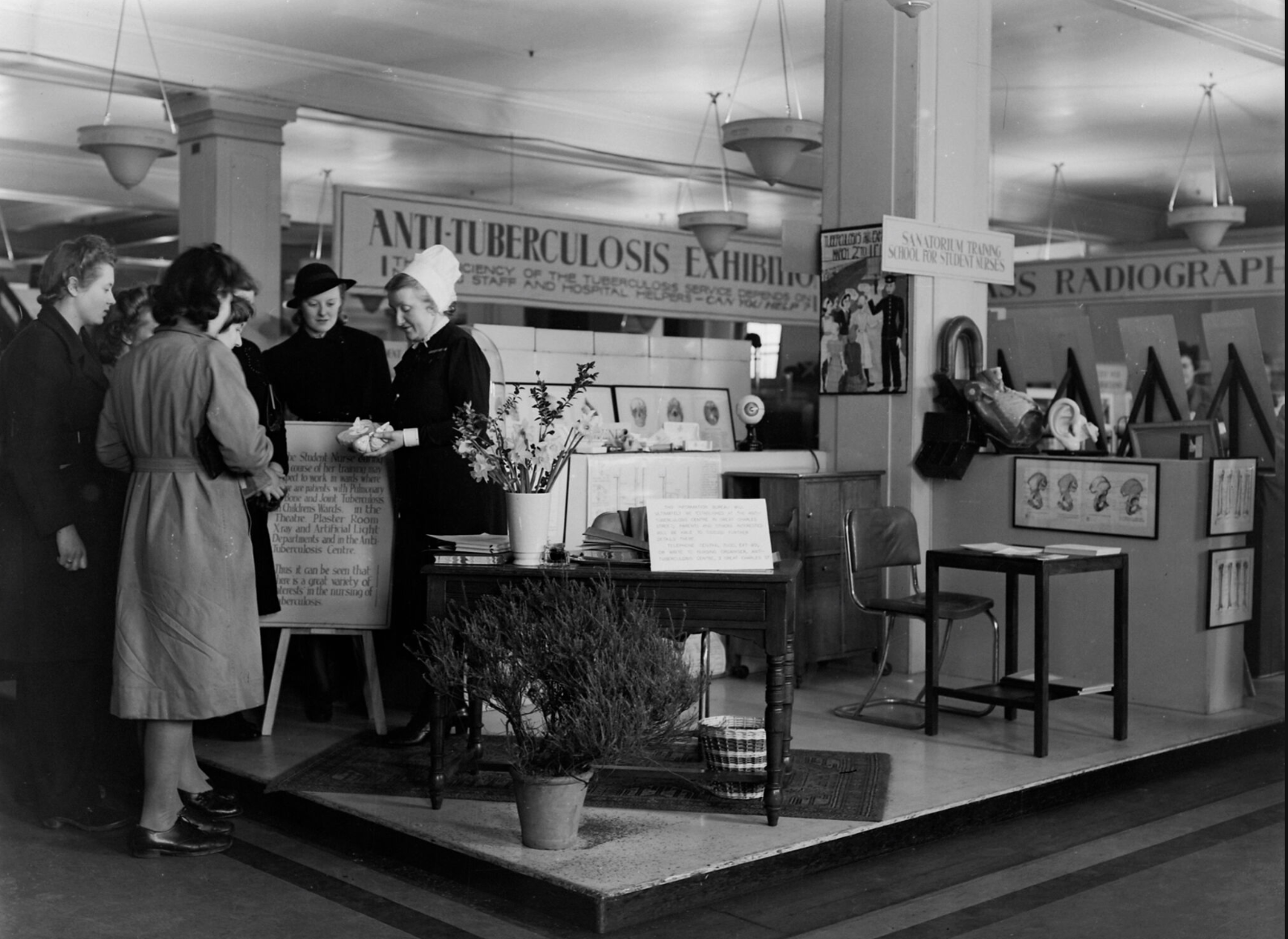
-
Source
Breathe Magic (United Kingdom of Great Britain and Northern Ireland)
Breathe Magic intensive therapy is a programme that aims to improve hand function in children with hemiplegia. The programme was designed by occupational therapists, neuroscientists and Magic Circle magicians to incorporate traditional hand therapy exercises into magic tricks. As part of a 12-day summer magic camp and follow-up workshops, young people with hemiplegia aged 7–19 years undertake 78 hours of one-to-one intensive therapy in a group setting, learning not just how to do the magic trick but how to be a magician, including speaking confidently, making eye contact and holding an audience’s attention. The programme, therefore, addresses both the physical and psychosocial challenges faced by young people with hemiplegia.
Breathe Magic is built on a medical model called the hand arm bimanual intensive therapy programme, which has been researched in its own right. Other research has shown clinically significant improvements in bimanual motor skills and independence following the programme; reported improvements in psychological well-being, communication skills, self-esteem and parent–child relationships; and shown a reduction in the hours of care and support needed by each child. The programme has been shown to be comparable in terms of cost with other treatments such as botulinum toxin injections. The combined psychosocial and physiological approach supports mental health and encourages independence among young people with hemiplegia; it also helps them to engage more and contribute to society, with wider potential economic gains.
Young people with hemiplegia can be referred by their parents to the programme or can receive fully funded places through local National Health Service clinical commissioning groups in the United Kingdom. The Breathe Magic team undertake full clinical assessments of each child on entry to the programme and periodically across the following six months, providing clinical reports to the child’s family, doctors and school. Since its inception in 2008, the programme has run in the United Kingdom (England and Wales) and in Australia.




